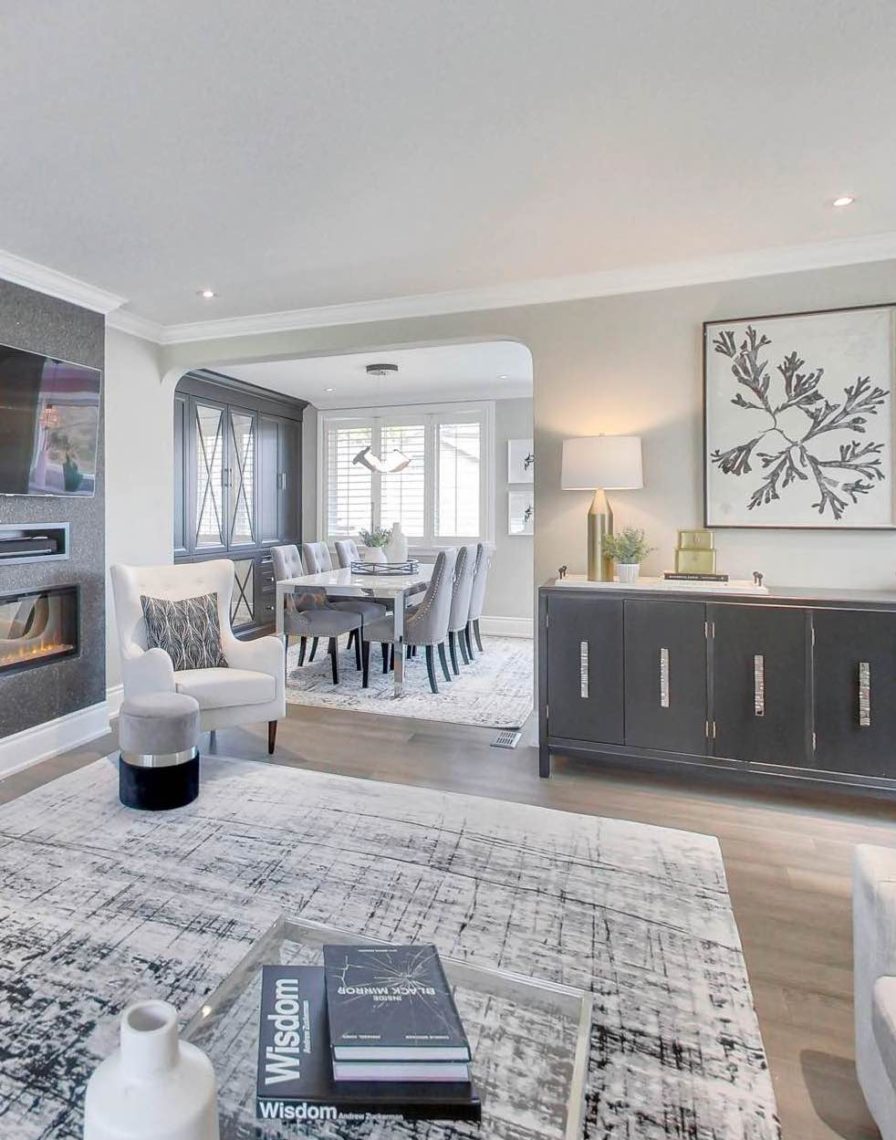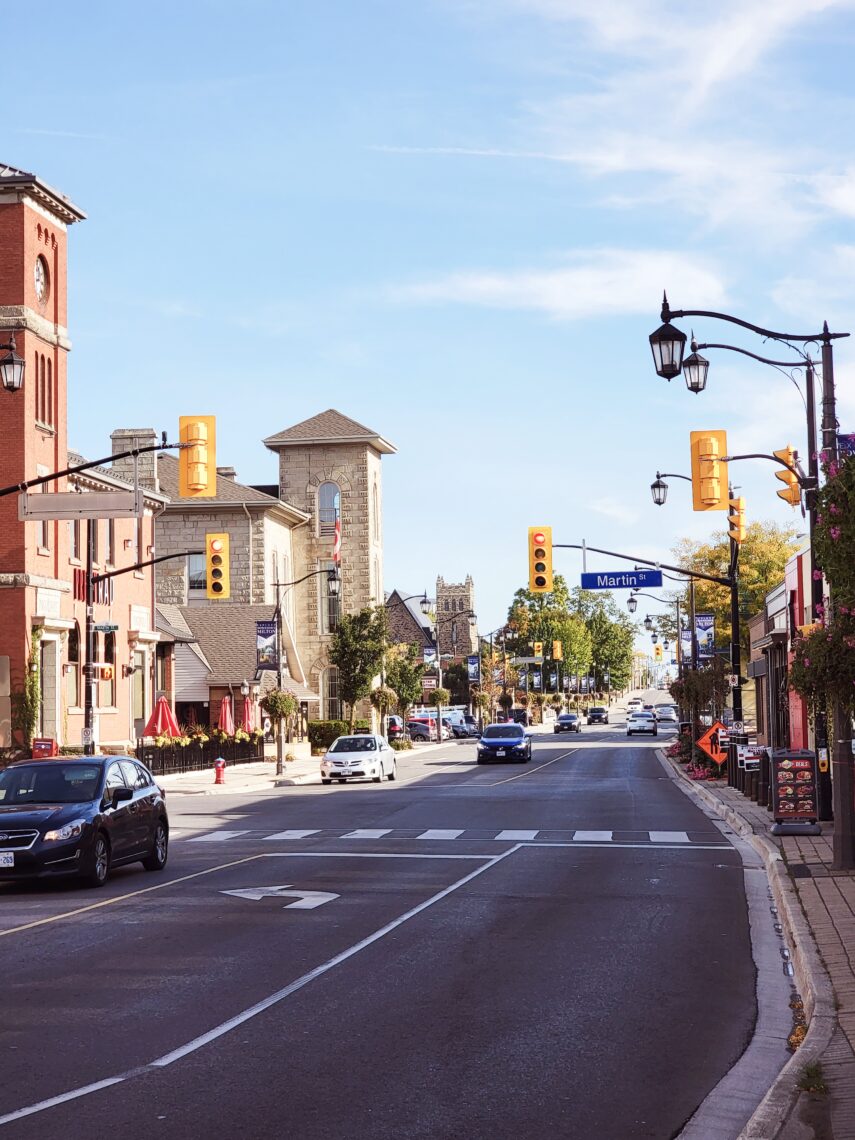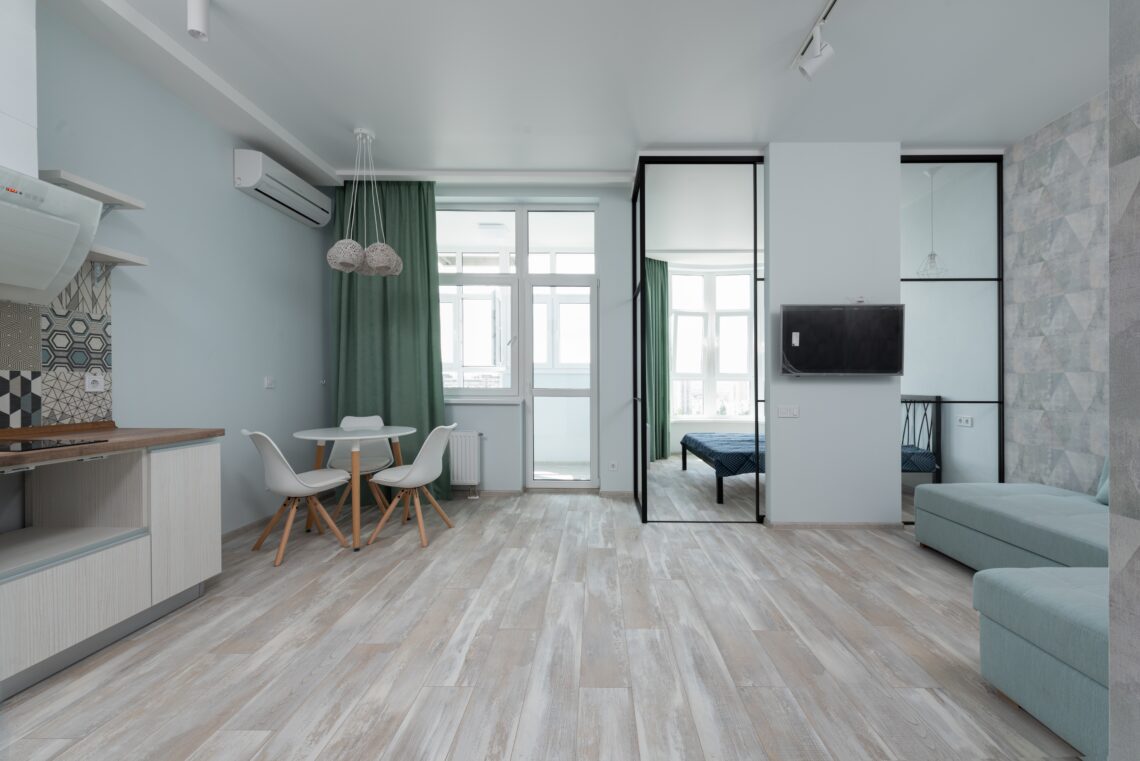05.16.2024 | Homeowners
A Comprehensive Guide to Replacing Windows in Your Home

While putting new windows in your home is a big job and costly upfront, it’s well worth the investment. High-quality windows offer ventilation and let the natural light in, all while reducing noise, keeping you safe and reducing household energy costs. The average lifespan of windows is 15-20 years. Over time, everyday wear and tear degrades the materials. If it’s time for a window replacement, this comprehensive guide will help answer your questions. Read on to discover everything you need to know about replacing windows in your home.
Is it Time to Replace the Windows in Your Home?
While the average lifespan of windows is 15-20 years, many factors contribute to their longevity. These include the quality of materials, the installation process, maintenance, and the weather in your area.
Signs it’s time to replace your windows:
- It’s becoming difficult to open and close your windows.
- You’re noticing drafts in your home.
- There is visible moisture buildup between the panes of glass.
- The exterior is showing signs of wear and tear.
- There are visible cracks or other damage.
- You’ve noticed a change in your energy bills.
What to expect in a consultation when replacing windows
The cost to replace windows has many variables; the size and number of windows needed will be unique to your home. The materials used and style you choose will also impact the price. It’s best to get at least two quotes from reputable companies. In-home consultations help contractors see existing windows and measure the space. You’ll discuss materials, energy efficiency, style, and design options and choose what is best for your home.
What to consider when replacing windows:
When it comes time to replace your windows, there are many choices you’ll need to make. The first is whether to do the job all at once or break it up. You’ll generally get a better deal if you do the entire house at once. But some homeowners chose to break it up and do the front one year and the back the next.
1. Frame Materials and Construction
The first choice you’ll need to make is the material used to build the window frame. While many frames used to be made from wood, vinyl and fibreglass are becoming increasingly popular. Both options offer excellent insulation and can stand up longer than traditional wood frames. Each material offers its own set of pros and cons. While nothing beats the natural beauty of wood, these frames require much higher maintenance and are prone to rot and water damage. Vinyl and fibreglass, while they aren’t available in as many colours, are low-maintenance options.
2. Glass Panes and Thickness
Another decision you’ll need to make when replacing your windows is how many panes of glass you want. The standard choice is double-pane – a spacer separates two panes of glass, and the area between them is filled with argon gas to help insulate. Triple-pane glass is also an option, but the additional cost makes it unnecessary for most homeowners. The main benefit of triple-pane is noise reduction. Double-pane windows are probably the best option unless you live near a highway or airport.
3. Energy Efficiency
Making our homes as energy efficient as possible has become a priority for many and can positively impact the resale value of your home. Energy-efficient windows will also reduce the cost of heating and cooling your home. Look for the ENERGY STAR certification, which signals strict compliance with Canadian regulations. Double or triple-paned glass, low-emissivity coatings and insulated frames all work together to make your windows energy-efficient. If you are installing energy-efficient windows you may even be eligible for a government rebate to help cover the cost.
4. Style and Design Options
Replacing windows enhances the aesthetic appeal of both the interior and exterior of your home. Many choices are available to suit your tastes and the style of your house. One of the biggest style choices is deciding between grid windows (with divided windowpanes) or flat open glass. The way the windows open is another choice you will need to make. Whether you choose single-hung, double-hung, casement, sliding, or bay windows will depend on the room. Each option offers its pros and cons. One thing to keep in mind is your curb appeal. You want a cohesive look that complements your home’s architecture.
5. Budget Considerations
Replacing the windows in your home is a significant investment. Obtaining multiple quotes from reputable companies will allow you to compare pricing. Factors influencing cost include the number of windows you need to replace and the materials you choose. While high-quality materials may be more upfront, they will pay off in terms of durability and energy savings over time. Be sure to ask if you qualify for a government rebate – it can help take the sting out of replacing your windows.
What to Expect During the Process of Window Replacement
The entire window replacement process can take a few months to complete, from signing your contract to the finished product. Your contractor will take careful measurements to ensure a custom fit for each of your windows. They will remove existing windows, prep, and clean the area, including removing any rot or damaged materials. The new windows will be installed, and finishing touches like caulking and cleaning will leave you with a beautiful new view.
Once the process is complete, routine maintenance will help preserve your windows, increase their lifespan, and ensure they perform optimally. Regularly clean your windows, lubricate moving parts, and inspect for signs of wear and tear.
Windows are an integral component of your home and significantly impact its value and appeal. Replacing windows can boost your curb appeal, improve energy efficiency, and add style to your house. Ensuring regular home maintenance is the best way to increase your resale value and protect your investment.





